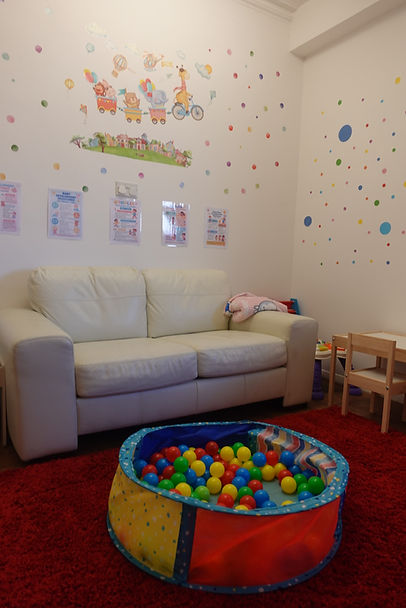

Welcome to Kent Family Connections
Providing Family Support Services

Our Services
Supervised Family Time (also known as supervised contact) is a structured setting that allows parents or other family members to spend time with their child while a trained supervisor is present. The purpose is to ensure the child’s safety and well-being during visits when there are concerns about issues such as conflict, neglect, abuse, or other risks. Supervised family time provides a safe, neutral environment where children can maintain meaningful relationships with their family members, while the supervisor observes interactions, offers guidance, and documents the visit if required by the court or social services. The goal is to support healthy family connections and, when possible, help families work toward unsupervised visits or reunification.
Supported Family Time is a type of family contact that allows parents or caregivers to spend time with their children in a safe, supportive environment, while receiving guidance and encouragement from a trained worker. Unlike fully supervised family time, supported family time focuses less on close monitoring and more on helping families strengthen their relationships and parenting skills. The worker is close by (not always in the same room) to offer coaching, model positive interactions, and provide feedback as needed, but they do not observe or record every moment. This approach helps parents build confidence and supports the child’s sense of stability and connection, often serving as a step toward fully independent family time or reunification.


Handovers (also called child handovers or changeovers) are the moments when children move between separated parents for scheduled visits or care arrangements. Handovers can sometimes be emotionally difficult, especially if there is tension or conflict between parents. To support the child’s well-being, handovers are often arranged in neutral, safe environments—such as a family centre like ours. A trained worker helps ensure the exchange happens smoothly and calmly. The goal of a supported or supervised handover is to reduce stress and conflict, protect the child from exposure to parental disputes, and allow both parents to maintain consistent, positive contact with their child.
Virtual Child Contact allows children to maintain relationships with their parents or family members through technology such as video calls, phone calls, or messaging. This form of contact is especially useful when in-person visits are not possible due to distance, health concerns, or other circumstances. Virtual contact helps children stay connected and engaged with their family, supporting emotional bonds and continuity of relationships. It can be used alongside face-to-face visits or as a temporary alternative, with the focus always on ensuring the interaction is safe, positive, and in the best interests of the child.


Indirect Child Contact is a way for children and their parents or family members to maintain a connection when direct or face-to-face contact isn’t possible or appropriate. This type of contact can take place through letters, cards, emails, text messages, or gifts—allowing ongoing communication and emotional connection at a safe distance. Indirect contact is often used when there are concerns about safety, stability, or the child’s emotional readiness for direct contact. It helps the child know that their family member is thinking of them and cares for them, while ensuring that any interaction happens in a way that supports the child’s well-being and best interests.